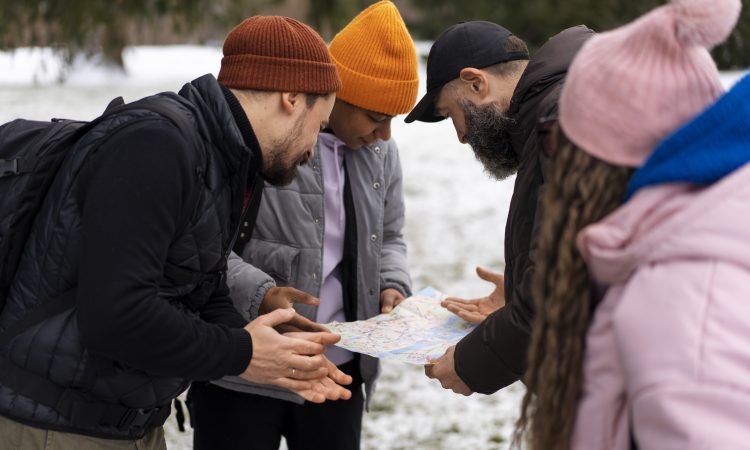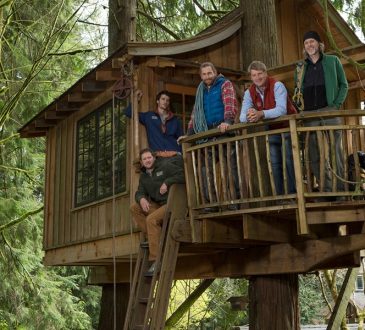
Here’s a harsh truth: A fun day in the backcountry can quickly turn into a life-and-death situation. You might be thinking “That won’t happen to me” or “I’ll be fine,” but the mountains always have the upper hand.
And the only way to take back some of that control and save yourself is through preparedness. An avalanche safety class will teach you everything you need to know about monitoring snow conditions and taking precautions.
Let’s break down what an avalanche class teaches and who should attend it.
What You Will Learn
The structure of avalanche courses varies depending on the company you’re taking them with. However, every course is generally separated into two sections: classroom information (theoretical training) and on-snow training (practical sessions).
During the classroom session, you’ll learn:
- How avalanches are triggered
- What is avalanche monitoring
- Necessary gear and why they are used
- How weak snow layers contribute to avalanche sliding
- Overview of the avalanche rescue process
- Snow forecasting
- General backcountry travel habits and tips
Next, you’ll take on-snow training sessions. This is your chance to put everything you learned in class into practice. These sessions are incredibly hands-on, allowing you to fully immerse yourself in training.
Snow safety testing
An avalanche safety class will also prepare you to identify avalanche danger. The aim is to diagnose the snow you’re riding on. For instance, you might learn how slabs form. Or how temperature conditions produce weak layers.
On-snow rescue drills
Most instructors start with on-snow rescue drills. For instance, you’ll stimulate a situation where you and your partner will try to rescue someone buried in an avalanche. Most people don’t survive being buried for more than 10 minutes, so time is of critical importance here. A group rescue drill will also help you practice group dynamics. You’ll learn to assign roles and perform your designated task.
You can also practice a scenario where you have to rescue someone without external help. It’s just you and your gear trying to save a life.
Types of Courses
Avalanche training can be divided into three levels. So you can choose between three courses:
Avalanche awareness – a short, introductory course that covers the basics of avalanche mechanics and snow stability.
Avalanche level 1 – a multi-day course that covers both theoretical and practical aspects of avalanche preparedness. It often offers certification.
Companion rescue – a short, focused course on search and digging out a person buried in an avalanche.
No matter the type of course you choose, make sure the instructors hold relevant certifications. This could be the American Avalanche Association Level 1 and 2 certifications, Wilderness First Responder, or EMT medical training.
Who Can Take the Avalanche Safety Class?
Now that you know what an avalanche safety class entails and why it’s important, you might be wondering, Who can take it?
The answer is simple. Anyone who plans to recreate in or near avalanche terrain. This includes:
- Skiers
- Snowboarders
- Snowshoers
- Mountaineers
- Ice climbers
- Winter campers
The best part? You don’t need previous backcountry experience, especially for introductory-level courses.



